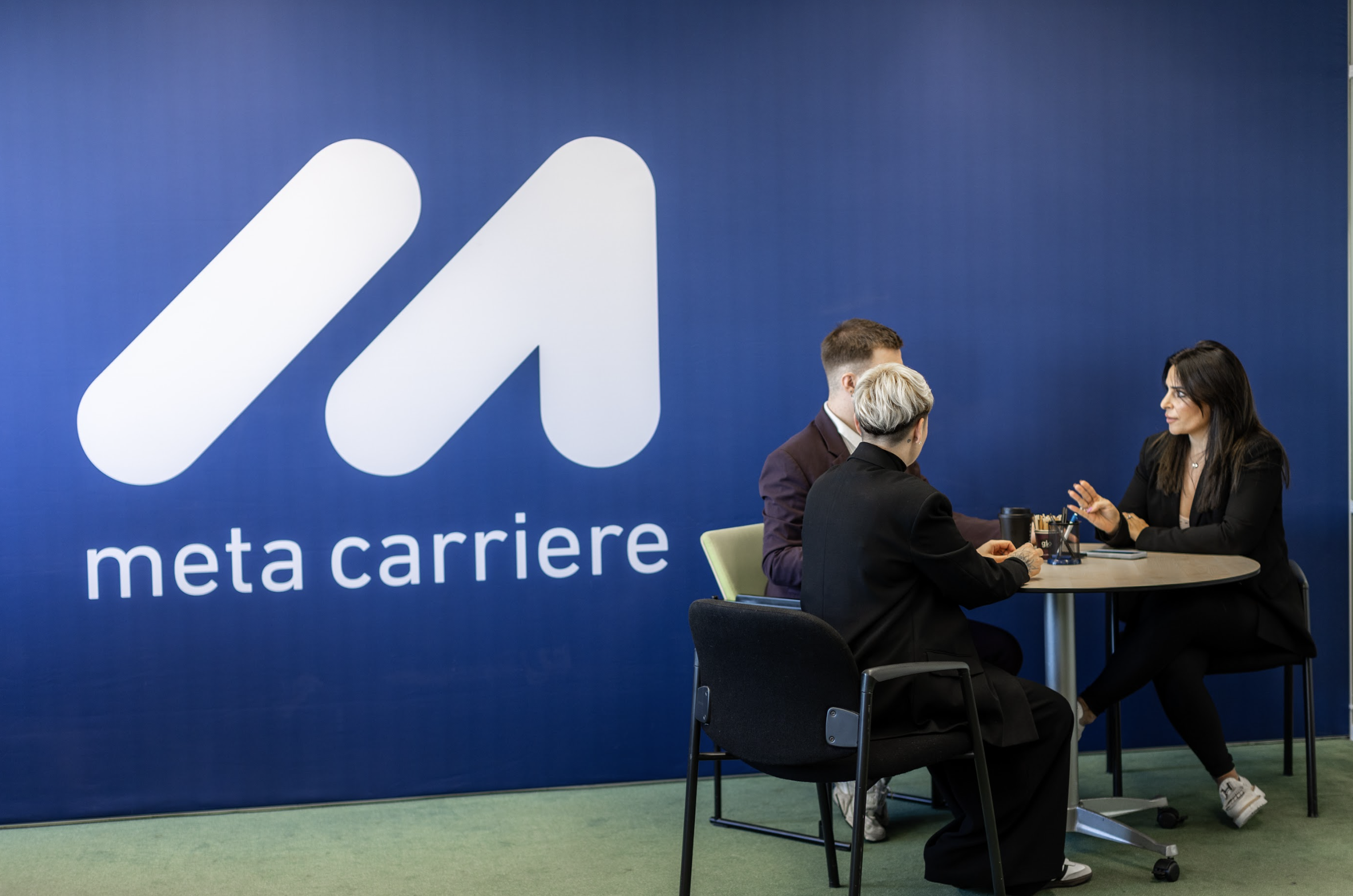Imagine this: you start the month with a blank spreadsheet for your staff scheduling. The phone keeps ringing, employees ask for last-minute time off, and customer demand fluctuates unexpectedly. Recognizable? Staff scheduling can be a challenging puzzle, but with the right approach, you'll avoid stress and keep both your team and customers happy.
At Meta Carrière, we know how important efficient planning is. Here are some practical tips for keeping a grip, even in the most dynamic work environments.
1. Set clear goals and expectations
"How many people do we need? And what if someone gets sick unexpectedly?" These are questions you often hear. Efficient planning starts with clear goals. It is essential to determine in advance how much capacity is needed at any given time and what flexibility is possible to accommodate unexpected circumstances, such as illness or last-minute vacation requests.
For example, a hospitality company faces peaks and troughs in demand. You need more employees on a busy Saturday than on a quiet Monday morning. If you can predict this well, you can avoid understaffing or unnecessary overtime. At Meta Carrière, we help our clients define these goals so that staffing levels are always in line with expected demand. It ensures a realistic and workable schedule that benefits both the organization and the staff.
2. Harness the power of technology
Completing schedules manually can be time-consuming, especially if you're dealing with large teams and varying hours. Modern scheduling software makes this process significantly more efficient. Many tools can automatically display available staff, account for leave requests and even provide notifications when there are overlaps between shifts.
One example is a logistics company that works with Meta Carrière. By using scheduling software, they were able to reduce overtime by 30%, which not only saved costs, but also increased team satisfaction. With the right innovation, you can not only save time, but also optimize your planning for maximum efficiency and fewer errors.

3. Stay flexible
Even with the best planning, you can encounter unexpected situations. For example, what do you do if several employees are sick or an important customer places an order urgently? How flexibly can you respond without jeopardizing the operation?
In our experience, companies working with a flexible pool of employees are much better able to handle these challenges. By using flexible contracts or on-call employees, you can quickly supplement when needed. Meta Carrière regularly recommends embracing these flexible working models so that you always have a buffer to deal with unexpected situations. This makes your workforce planning more resilient and prevents you from going into last-minute panics.
4. Actively involve your employees
Staff scheduling only really works well when employees feel heard and can actively contribute ideas about their working hours. Satisfied employees are more productive, and when they have the opportunity to fill in their availability or swap shifts, it increases engagement and job satisfaction.
Ask your team what they consider important in their schedule. Can they indicate their preferences for certain work hours? Is the schedule transparent, fair and equitable? At Meta Carrière, we encourage clients to use tools that allow employees to self-declare their availability. This not only reduces
missing work but also increases your team's engagement. Employees who have influence over their own schedules tend to be more motivated and engaged with the organization.

5. Discover the power of data
Data is one of the most powerful tools in workforce planning. By collecting data, you can identify trends and patterns that help you better predict your staffing needs. For example, you can see which days of the week or times of day you need more staff, or when absenteeism is highest.
Meta Carrière uses advanced data analytics to help clients plan ahead. For example, for a retail chain, we use historical data to predict busy periods, such as holidays. This allows us to schedule additional staff in a timely manner, ensuring customer satisfaction. By using data intelligently, you can not only react to situations, but also act proactively and optimize your planning for the future.
6. Laws and regulations: your safety net
Good staff scheduling is not only efficient, but also legally sound. Laws and regulations surrounding working hours, rest periods, overtime and pay can sometimes be complex, but it is essential to remain compliant. Mistakes can lead not only to fines, but also to dissatisfied employees.
Meta Carrière ensures that our customers are up to date with the latest laws and regulations and they are automatically integrated into the scheduling software. So you can be confident that your planning is always within the legal framework and your employees can work safely. Automatic alerts help you intervene in time if something is not in line with the law, so you can avoid surprises.

7. Keep improving
Workforce planning is never "finished." The world of work is constantly changing, and so is planning. What works today may not be optimal tomorrow. It is important to regularly evaluate and improve the effectiveness of your planning.
At Meta Carrière, we evaluate with our clients after each major project or season: What went well? What could be improved? This ensures that you are not just reacting to problems, but that you are continually better prepared for the future. By continuously improving, you can optimize your planning and ensure that you always stay one step ahead in unexpected situations.
Get the most out of your workforce planning
At Meta Carrière, we believe that workforce planning is not only about numbers, but more importantly about people. Through smart technology, active employee engagement and a forward-thinking approach, you can turn stressful situations into success.
Wondering how we can help you? Let's work together on efficient, flexible and future-proof workforce planning. Contact us and discover the possibilities!








